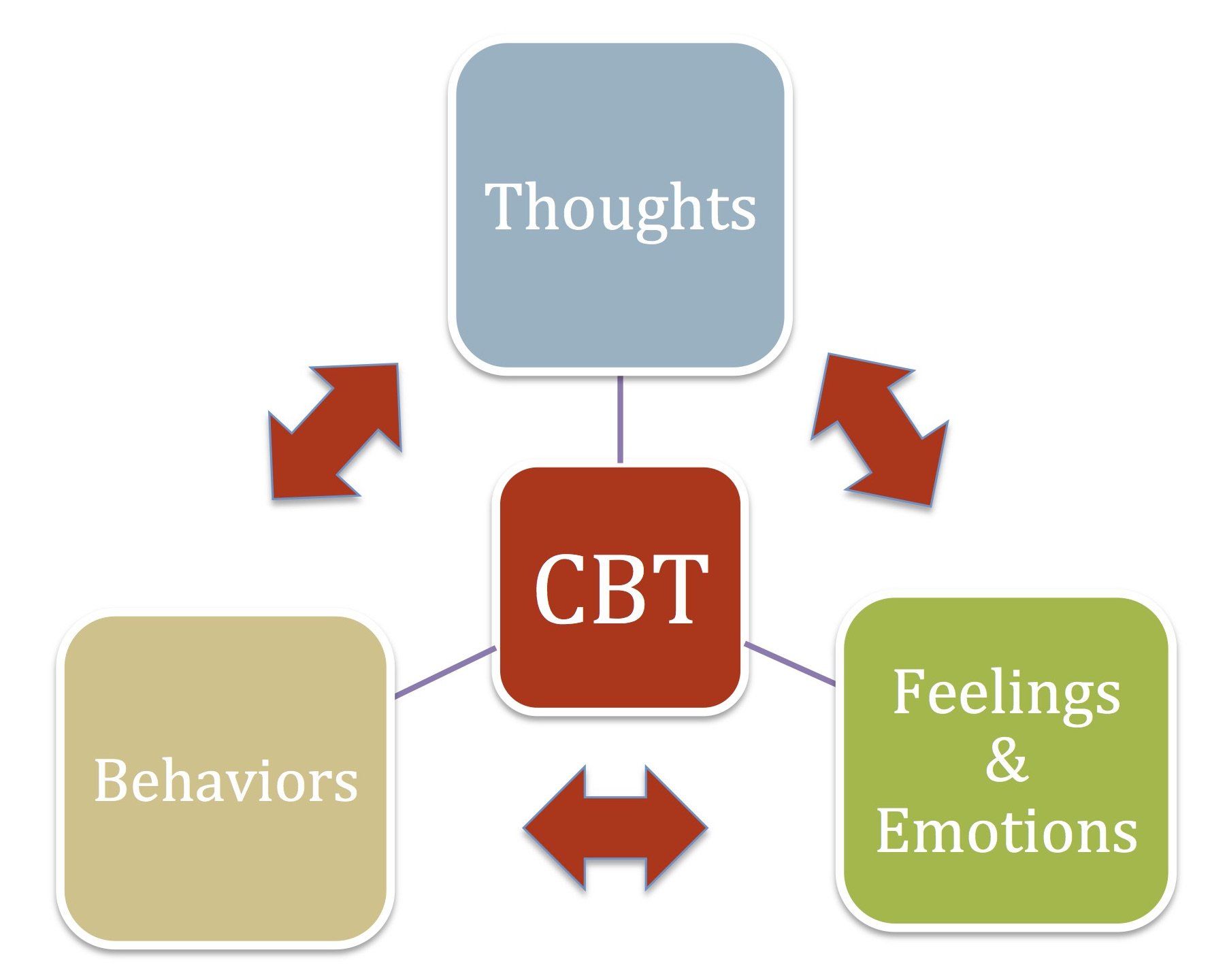CBT for Obsessions & Compulsions
Obsessive Compulsive Disorder (OCD) is a serious illness that can wreak havoc on a person’s life. OCD steals freedom and time from those that suffer from it and often has serious implications on a person’s ability to function at home, in school, at work and within relationships. Thankfully, Cognitive Behavioral Therapy (CBT) is evidenced-based treatment that has shown to be effective in helping those that are struggling with OCD.
Cognitive Behavioral Treatment of OCD understands that a person struggling with obsessions and compulsions feels a high level of vulnerability to risk.
OCD is an illness of CERTAINTY.
A person with OCD wants to be 100% certain that there is no risk. The problem with this, is that nothing in life is 100% certain and following this “OCD rule” will lead to a constant loop of trying to find certainty without ever finding it. A person with OCD has frequent thoughts that are obsessive in nature. Obsessive thoughts are unwanted and intrusive. They regularly pop into the mind despite attempts to quiet them. OCD makes it seem as if these thoughts are true (either will happen or have happened already) and therefore these thoughts can be extremely distressing and lead to fear, anxiety and even depressed moods.
A person with OCD has frequent thoughts that are obsessive in nature. Obsessive thoughts are unwanted and intrusive. They regularly pop into the mind despite attempts to quiet them. OCD makes it seem as if these thoughts are true (either will happen or have happened already) and therefore these thoughts can be extremely distressing and lead to fear, anxiety and even depressed moods.
Categories of Obsessions include:
- Aggressive – Obsessions about hurting yourself, hurting someone else, engaging in illegal activities.
- Contamination – Obsessions about germs or dangerous chemicals/materials.
- Sexual – Obsessions about perverse sexual activities, incest, molestation, homosexuality.
- Religious – Obsessions about right/wrong, morality, sacrilege, blasphemy.
- Somatic/Heath – Obsessions about illness, health, appearance, certain body parts.
- Symmetry/Exactness – Obsessions about needing things in a certain order or symmetrical.
Some obsessions are accompanied by magical thinking which is a fear that something else will happen as a result of the obsession. For example, believing that someone might get hurt if everything is not symmetrical or if there aren’t enough prayers said. Other obsessions are accompanied by a sense of uncomfortableness with things not being right or seeming incomplete. This is sometimes called ‘just right’ OCD.
Nobody wants to feel vulnerable to harm or have a sense that things are not ‘just right’ and the nature of OCD is that it tricks a person into believing that there is a way to resolve this. Compulsions and rituals are behaviors or purposeful thoughts that a person engages in with the goal of seeking certainty that there is no risk or to gain some sense of relief. While these can reduce fear and anxiety in the moment they do nothing to reduce the problem in the long term and often make the problem worse.
Categories of Compulsions and Rituals include:
- Cleaning/Washing
- Checking • Repetition Rituals
- Counting • Ordering or Arranging
- Hoarding or Collecting
- Confessions and Asking
- Touching, Tapping, Rubbing
CBT Treatment for Obsessive Compulsive Disorder involves:
- Psychoeducation about OCD – In the initial stages of treatment you will learn about the illness of OCD and learn how this applies to your symptoms.
- Cognitive Restructuring of Obsessions – This stage often involves learning to notice when OCD is occurring and labeling it as OCD, learning how to ‘stand up’ to OCD and to see the tricks that the obsessions are trying to play on you.
- Exposure Response Prevention (ERP) – ERP is a highly effective CBT strategy that involves creating a hierarchy of fears and, at your willingness of pace, learning to face these fears and not respond to them with compulsive behaviors and thoughts. You will learn not only to see the OCD thought for what they are (tricks) but to respond to them in this manner as well.
After becoming skilled at being able to notice these thoughts, respond to them and feel the associated anxiety and fear without giving into them, the obsessive thoughts and distressing emotions tend to reduce.

